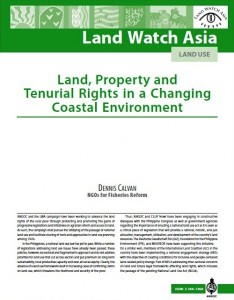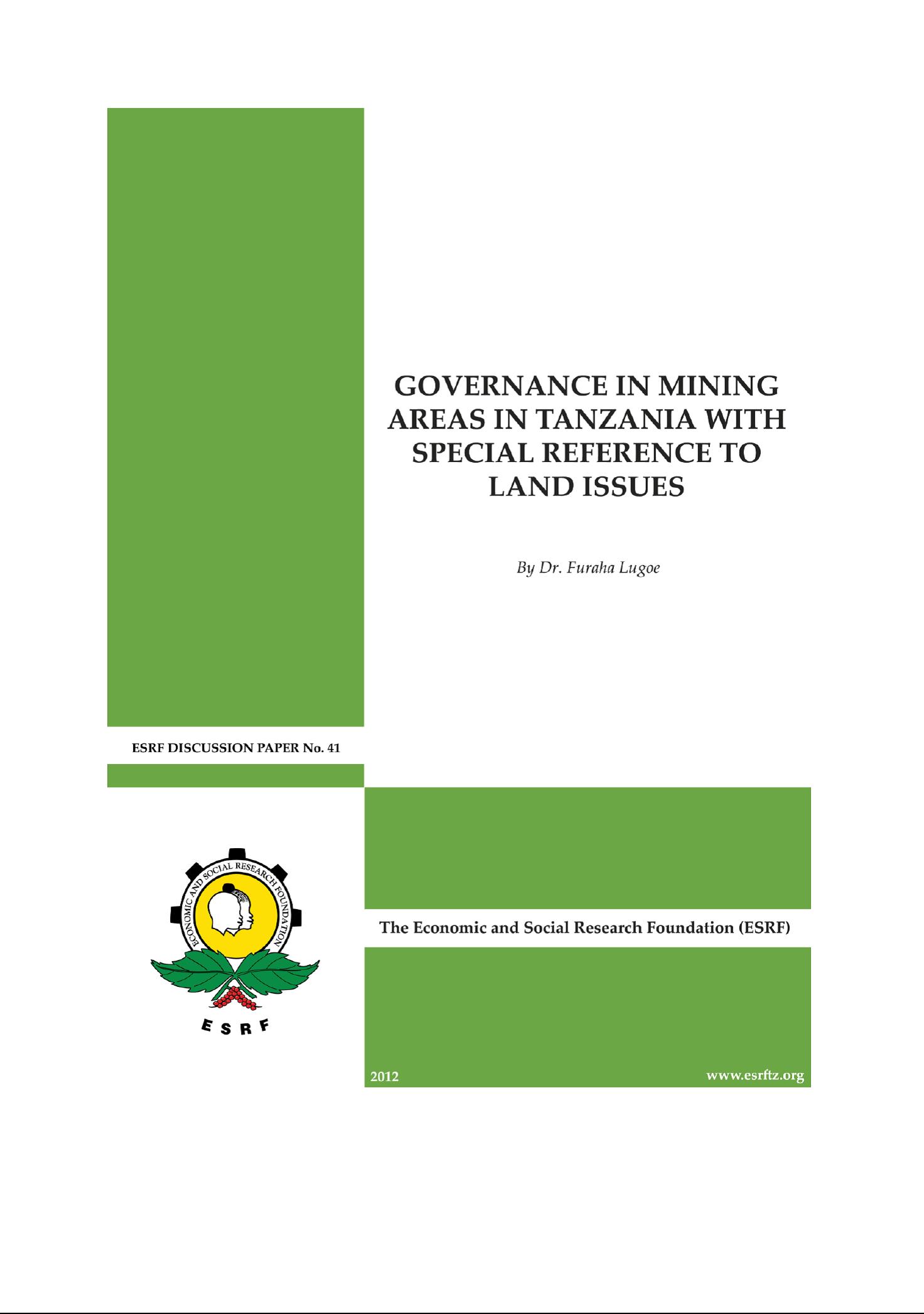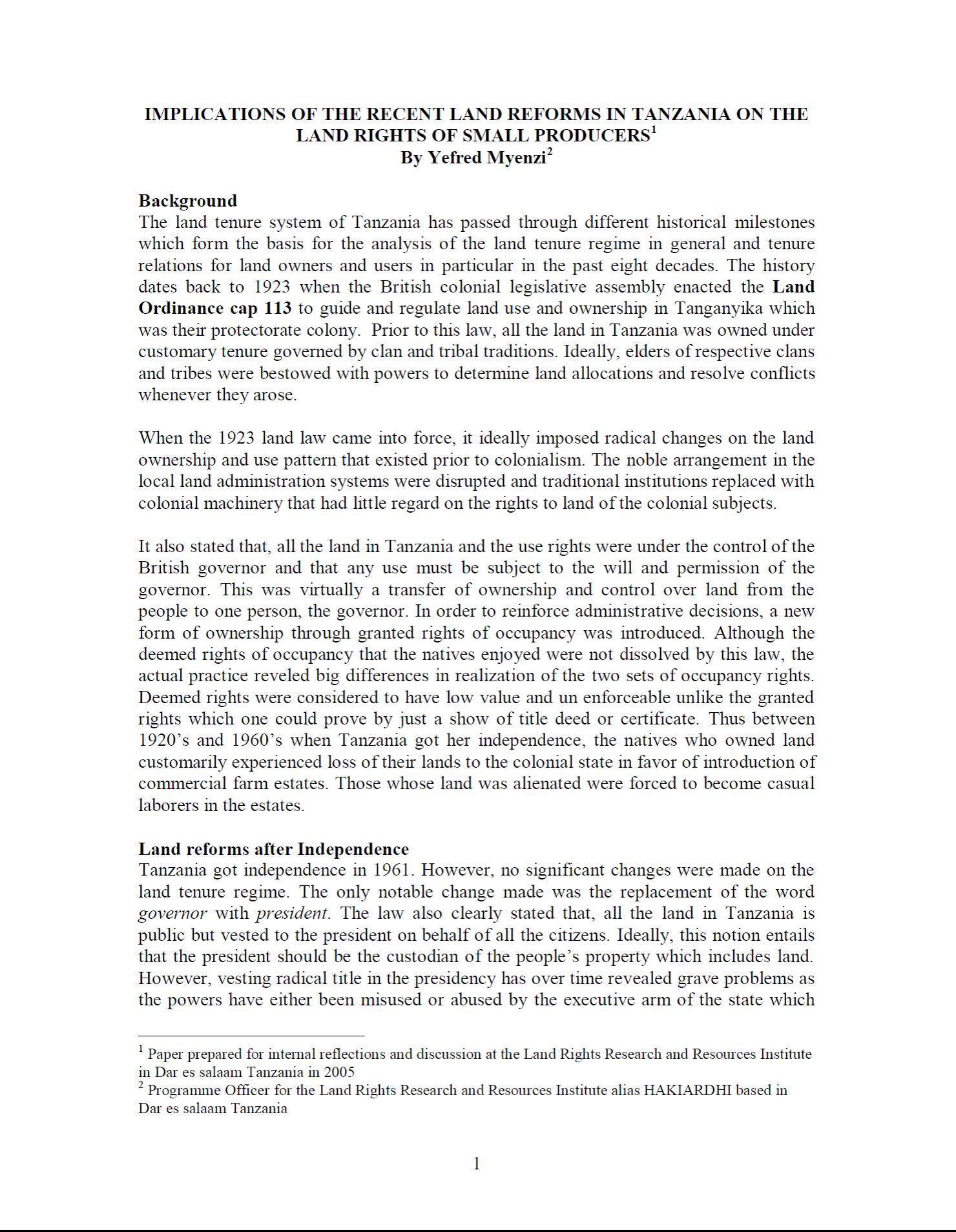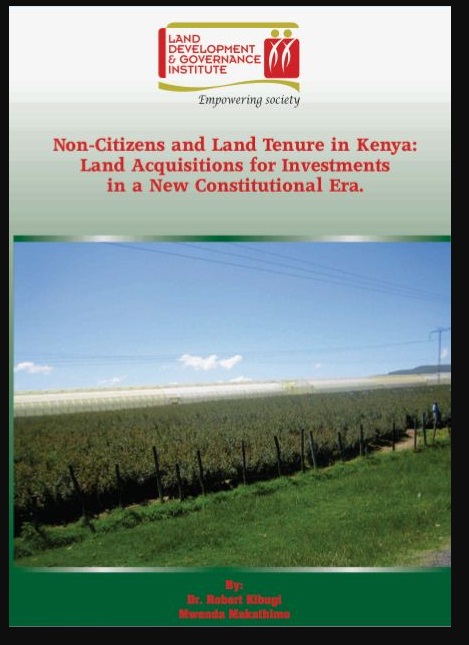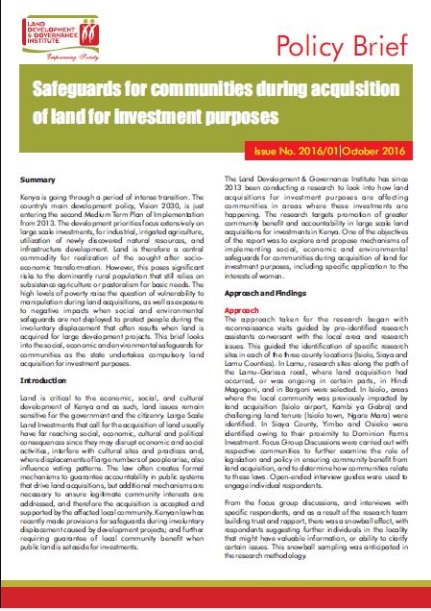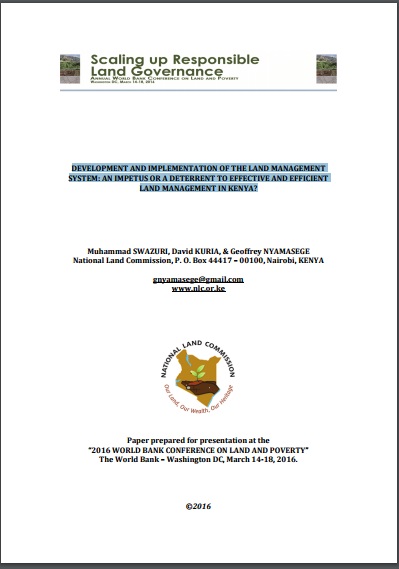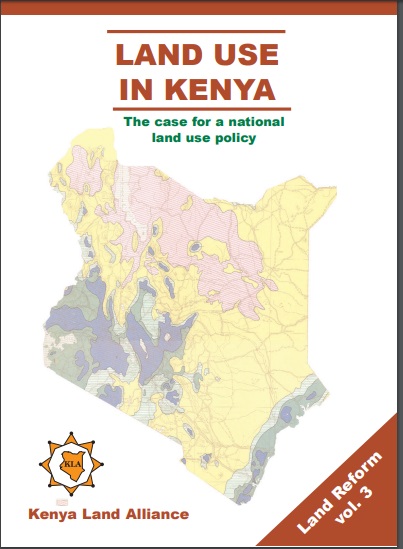Land, property and tenurial rights in a changing coastal environment
This publication is a lobby material to advocate the passage of the National Land Use Act. It shows the adverse effects of the lack of land use planning in coastal communities especially in the advent of a natural disaster. This publication features the Typhoon Haiyan-affected coastal communities in the Visayas Region of the Philippines as examples. It also recommends how this dismal situation could be lessened in the future.

